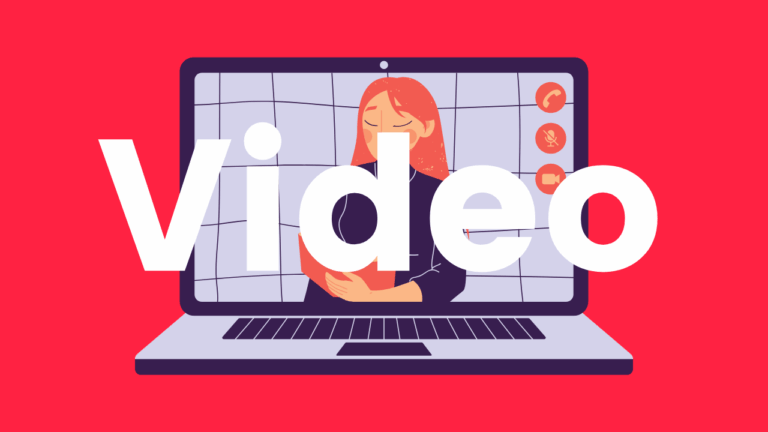Bringing Words to Life: Robust Vocabulary Instruction
This educator-friendly book, written by reading researchers, outlines the rationale for vocabulary instruction, and how to implement it in classrooms from K-12

This educator-friendly book, written by reading researchers, outlines the rationale for vocabulary instruction, and how to implement it in classrooms from K-12

This IDA Ontario webinar focuses on incorporating intentional yet playful phonological and phonemic awareness instruction into the Ontario kindergarten program.

Written for teachers by a teacher with a strong understanding of reading science, this title supports both the foundational skills and language comprehension components of reading.

Third webinar in the IDA Ontario structured literacy in kindergarten series.

This PaTTAN webinar featuring Dr. Elsa Cárdenas-Hagan focuses on structured literacy for English Language Learners, addressing evidence-based practices for the explicit instruction of oral language strategies within a structured literacy lesson. A variety of strategies are demonstrated.

In this podcast episode, Lyn Stone busts common reading myths and misconceptions, advocating for evidence-based structured literacy for all students. Lyn highlights the importance of targeting intervention to student needs, the myth of dyslexia as a gift, and the value of explicit writing instruction.

In this podcast interview with Kate Winn and Dr. Sonia Cabell, the focus is on the importance of early language and literacy development. Dr. Cabell highlights key considerations for instruction in several areas: oral language and conversation, alphabetics, writing and spelling, and building knowledge.

In this article from the International Dyslexia Association, Al Otaiba et al. emphasize the significance of evidence-based systematic and explicit instruction. They outline the typical process through which students grasp the alphabetic principle (the concept that words consist of distinct sounds). They also provide explanations of blending and segmenting instruction, accompanied by sample activities. The article also furnishes teachers with resources for explicit and systematic reading instruction as well as examples of explicit and systematic programs for teaching phonemic awareness and phonics.

In this IDA Ontario podcast featuring Kate Winn and Dr. Jan Hasbrouck, the focus is on the significance of reading fluency and its impact on students’ literacy development. Reading fluency, characterized by accuracy, rate, and prosody, plays a vital role in overall reading proficiency and comprehension. The podcast highlights the importance of assessing reading fluency effectively, and using research-backed approaches to supporting fluency development.

In this podcast episode, Lindsay Kemeny highlights the “7 Mighty Moves” she made to align her early literacy instruction with research. Moves include teaching phonemic awareness with intention, teaching phonics explicitly and systematically, teaching decoding strategies, using decodable texts for beginning readers, encouraging more decoding of high-frequency words, providing meaningful fluency practice, and embracing vocabulary and knowledge instruction to support comprehension.

In this International Dyslexia Association Perspectives article, Sarah V. Arden and Jill M. Pentimonti emphasize the vital role of data-based decision-making in Multitiered Systems of Support (MTSS) to improve reading outcomes for students, especially those with disabilities. MTSS offers a framework with three tiers of instruction involving progress monitoring to determine suitable support levels. The authors stress the need for a climate of data fluency among educators, promoting collaboration to analyze data and identify students needing additional support. Diagnostic assessments are essential in Tier 3 to guide individualized interventions, with regular progress monitoring to make timely adjustments. The article aims to aid educators in effectively utilizing data to enhance student achievement within the MTSS framework.

Structured Literacy Interventions is an anthology of chapters written by many well-known names in reading science, including Louise Moats, Devin Kearns and Louise Spear-Swerling who also edited the book. Chapters cover a wide range of possible areas of reading difficulty, including phonemic awareness & word recognition, spelling, fluency, vocabulary, oral language comprehension, reading comprehension and written expression. The title supports Strands B (Foundations of Language), C (Comprehension) and D (Composition) of the Language curriculum. Each chapter offers research-based background and practical applications for educators working with struggling students. The book includes lesson plans and application activities, and is perfect for special education and intervention teachers, but also helpful for classroom educators looking to intensify instruction for struggling students.